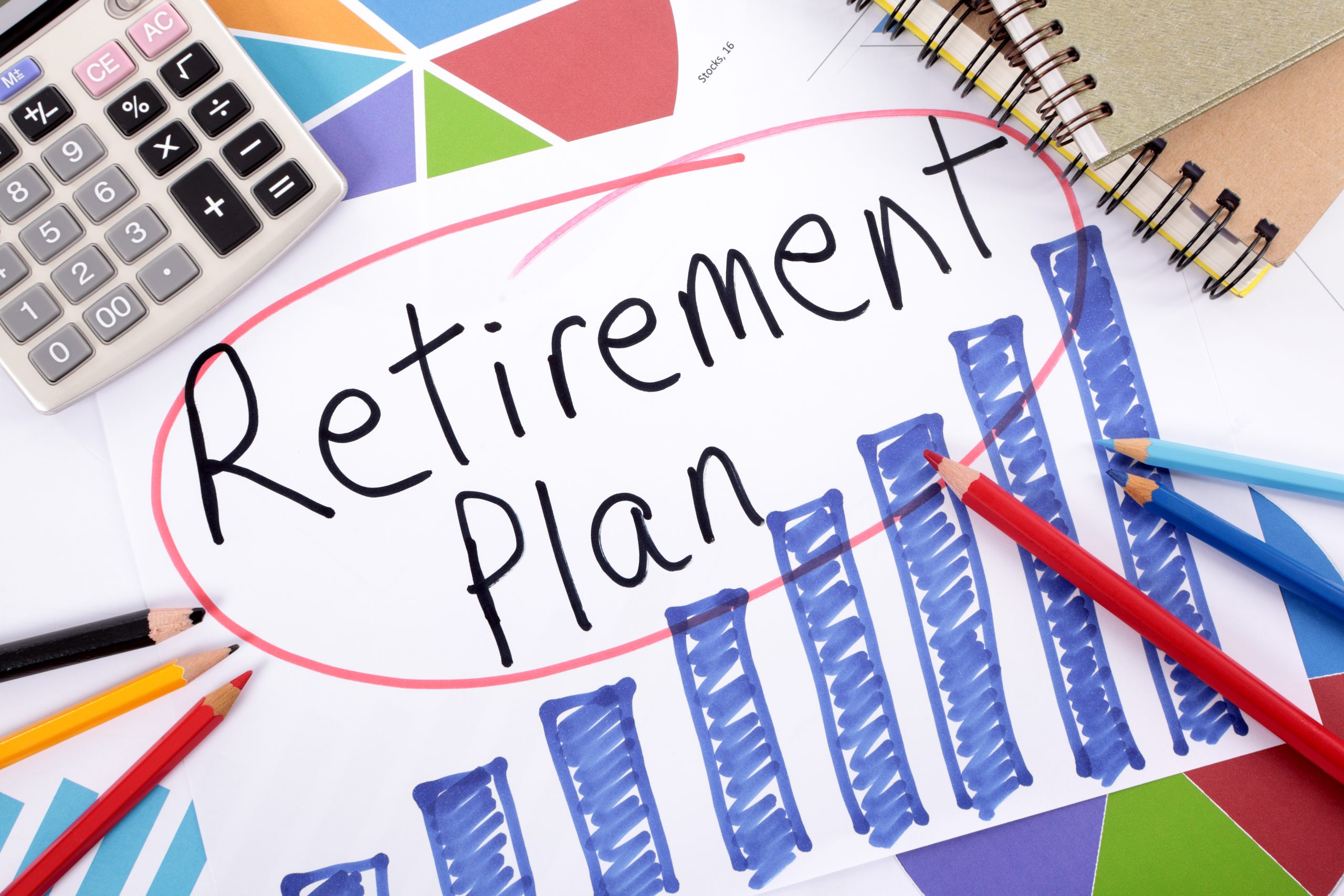Planning for retirement is like planting a tree—the sooner you start, the stronger your future will be. With so many options and recent industry changes, finding the best retirement plan in the USA can feel confusing. But don’t worry! This guide breaks down the most popular retirement plans, how they work, and what makes each option stand out in 2025. Whether you’re a young professional or nearing retirement, you’ll find the practical knowledge and tips you need to take charge of your financial destiny.
Why Proper Retirement Planning Matters
The cost of living keeps rising, and Social Security alone isn’t enough for most retirees to live comfortably. Smart retirement planning provides peace of mind, financial independence, and the ability to maintain your lifestyle after you stop working. From compound growth to tax advantages, choosing the right plan puts you in control of your future.
Types of Retirement Plans in the USA
1. Employer-Sponsored Plans
Many Americans rely on workplace plans as the backbone of their retirement savings. Here are the most common options:
401(k) Plans
A 401(k) is a tax-advantaged retirement account offered by many private-sector employers. Employees contribute a portion of each paycheck, often on a pre-tax basis, and many companies match a percentage of contributions—essentially, free money for your nest egg. In 2025, you can contribute up to $23,500, with those age 50 or older eligible for special catch-up contributions, increasing their limit up to $31,000. Workers ages 60–63 can go even higher, thanks to new catch-up provisions introduced by the SECURE 2.0 Act.
Key benefits include automatic payroll deductions, high contribution limits, and potential employer matches. However, investment choices may be limited, and early withdrawals come with taxes and penalties.
Roth 401(k) Plans
A Roth 401(k) works similarly to a traditional 401(k), but contributions are made with after-tax dollars. That means qualified withdrawals during retirement are entirely tax-free—an attractive option if you expect to be in a higher tax bracket later in life. Many employers now offer both traditional and Roth 401(k) versions, letting you split contributions if preferred.
403(b) and 457(b) Plans
Employees of public schools, colleges, nonprofits, and state or local governments are often eligible for these plans. A 403(b) functions like a 401(k) but is limited to educational and tax-exempt sectors, while the 457(b) is designed for government employees. Both plans offer similar contribution limits, tax advantages, and in some cases, unique early withdrawal rules.
Pension (Defined Benefit) Plans
A traditional pension pays you a set monthly income for life, based on your salary and years of service. While these plans are less common today, some large employers and government jobs still offer them. The main advantage is lifelong income with little need to manage investments. But pensions are tied to employer stability and are not portable if you change jobs.
2. Individual Retirement Accounts (IRAs)
If you want more investment freedom or need to supplement your workplace plan, IRAs are a smart choice.
Traditional IRA
A Traditional IRA allows most individuals to save up to $7,000 per year ($8,000 for those 50 and older) in 2025. Contributions are often tax-deductible, and investments grow tax-deferred until withdrawal. You pay income tax on distributions, and early withdrawals may incur penalties.
Roth IRA
Roth IRAs also allow up to $7,000 annually ($8,000 with catch-up) but contributions are made with after-tax dollars. The payoff is that qualified withdrawals in retirement are completely tax-free. Roth IRAs have income limits—in 2025, individuals earning above $161,000 ($240,000 for married couples) may face reduced contribution limits. Also, Roth IRAs don’t require minimum distributions, offering flexibility as you age.
SEP IRA and SIMPLE IRA
Self-employed individuals and small business owners often use SEP IRAs and SIMPLE IRAs. The SEP IRA lets you save up to 25% of compensation (up to $69,000 in 2025), making it ideal for higher-income entrepreneurs. SIMPLE IRAs allow both employer and employee contributions, with a lower annual cap than a 401(k) but less administration.
Solo 401(k)
For self-employed workers and business owners with no full-time employees other than themselves and a spouse, a Solo 401(k) acts like a regular 401(k) with high contribution limits and both pre-tax and Roth options.
3. Other Accounts to Consider
Health Savings Account (HSA)
Paired with high-deductible health insurance plans, HSAs help save for medical expenses—and can double as a robust retirement vehicle. Contributions are tax-deductible, growth is tax-free, and qualified withdrawals for medical costs are tax-free as well. After age 65, HSA funds can be used for any purpose without a penalty (though non-medical withdrawals are taxed as income).
Key Retirement Plan Features Comparison
| Plan Type | 2025 Contribution Limit | Tax Treatment | Withdrawal Rules | Employer Match | Best For |
|---|---|---|---|---|---|
| 401(k) | $23,500 (under 50); up to $34,750 (60–63) | Pre-tax or Roth | Penalty before 59½, RMDs at 73 | Often | Employees at large and mid-sized companies |
| Roth 401(k) | Same as above | After-tax | Tax-free after 59½, RMDs at 73 (unless rolled over to Roth IRA) | Often | High-earning employees expecting higher taxes |
| 403(b)/457(b) | $23,500+ | Pre-tax or Roth | 457(b): no penalty for early withdrawals | Often | Teachers, nonprofit and government employees |
| Traditional IRA | $7,000 ($8,000 over 50) | Pre-tax | Penalty before 59½, RMDs at 73 | No | Most savers; supplement to work plan |
| Roth IRA | $7,000 ($8,000 over 50) | After-tax | Tax-free after 59½, no RMDs | No | Savers expecting higher future taxes |
| SEP IRA | Up to $69,000 | Pre-tax | Penalty before 59½, RMDs at 73 | No | Self-employed, small business owners |
| SIMPLE IRA | $16,000+ | Pre-tax | Penalty before 59½, RMDs at 73 | Yes | Small businesses and their employees |
| Solo 401(k) | Up to $69,000+ | Pre-tax or Roth | Penalty before 59½, RMDs at 73 | No | Self-employed with no employees |
| HSA | $4,150 (single), $8,300 (family) | Triple tax-advantaged | No penalty after 65 for non-medical withdrawal | No | Anyone with high-deductible health plan |
2025 Updates: What’s New in Retirement Planning?
The SECURE 2.0 Act brings several key changes this year:
- Higher catch-up contribution limits for those ages 60–63
- Automatic enrollment in new employer-sponsored plans
- Increased part-time employee access
- Employer student loan matching contributions
- Delayed start of required withdrawals to age 73
Employers are getting creative too—think digital tools, auto-enrollment, and financial wellness programs—to make saving for retirement easier and more effective.
How to Choose the Best Retirement Plan
Picking the best retirement plan depends on your career stage, income, and goals. Here are some tips to make the right choice:
- Maximize Free Money: If your employer offers matching contributions, take advantage—never leave free cash on the table.
- Consider Your Tax Situation: Decide whether you expect to be in a higher or lower tax bracket in retirement. This determines if pre-tax or after-tax (Roth) contributions make more sense.
- Diversify Accounts: You can own multiple types of accounts (like a 401(k) and an IRA) to spread out tax advantages and flexibility.
- Self-Employed Options: Business owners should consider SEP IRAs, SIMPLE IRAs, or Solo 401(k)s.
- Monitor Your Investments: Periodically review your asset allocation and investment choices based on your risk tolerance and time horizon.
- Stay Informed About Changes: Contribution limits and catch-up rules adjust each year. Stay current to optimize your savings.
Common Retirement Mistakes to Avoid
- Not starting early enough—compound growth is your friend.
- Borrowing from your retirement accounts, which can result in taxes and penalties.
- Ignoring fees, which eat away at your savings over time.
- Failing to rebalance investments as you approach retirement age.
- Overlooking catch-up contributions available after age 50 and for certain ages in 2025.
Conclusion: Take Action for a Secure Retirement
The best time to prepare for retirement is now—whether you’re just starting your career, at your peak earning years, or planning to retire soon. The USA offers a wide range of retirement plans to fit every situation. From classic 401(k)s and IRAs to flexible options for business owners and self-employed workers, there’s a strategy for you.
Take the next step: review your current retirement accounts, maximize your contributions, and talk to a trusted financial advisor about your options. Remember, the choices you make today can define your financial freedom tomorrow.
Ready to take control of your future? Start optimizing your retirement plan now and enjoy peace of mind for the years ahead!






